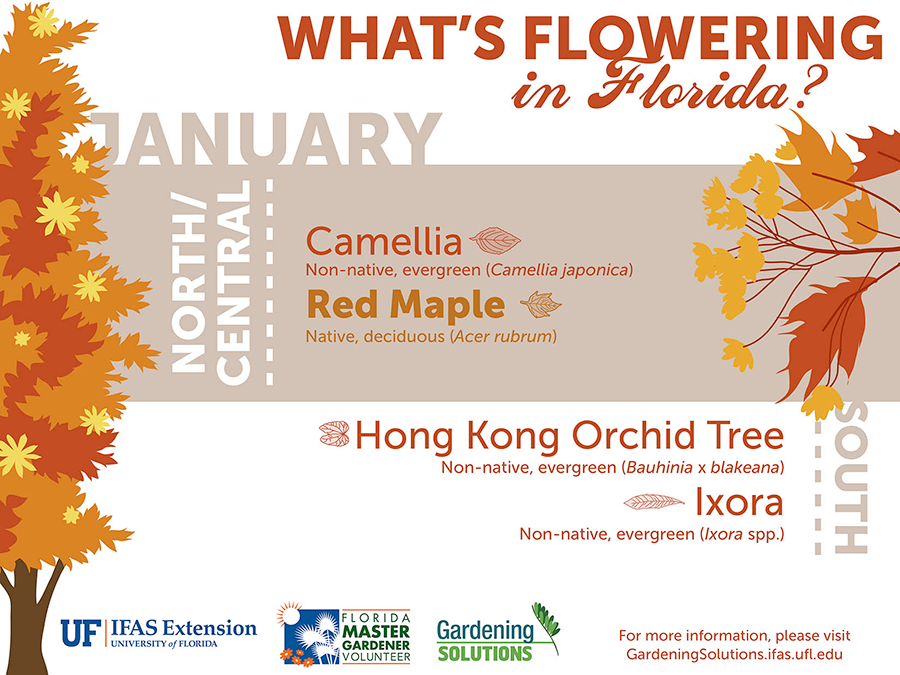Seasonal Tree Maintenance: Standards For Dealing With Trees Prior To And After They Are Removed
Seasonal Tree Maintenance: Standards For Dealing With Trees Prior To And After They Are Removed
Blog Article
Published By-
When it comes to seasonal tree treatment, making sure appropriate management prior to and after elimination can considerably affect the health and wellness and visual appeals of your landscape. By understanding the required steps involved in analyzing tree health and getting ready for removal, you can proactively protect your residential or commercial property. But what about the critical methods to comply with as soon as the tree is gone? Stay tuned to uncover the necessary post-removal treatment actions that will help you cultivate a flourishing and sustainable setting for your trees.
Pre-Removal Tree Treatment
Prior to dealing with the removal of a tree, it's essential to prioritize pre-removal tree care. Beginning by examining the tree's health and wellness and structural honesty. Look for indicators of illness, pest infestations, or any type of architectural concerns that may posture a security threat throughout elimination. It's important to seek advice from a qualified arborist to determine the most effective course of action.
Trimming Learn More Here or unhealthy branches can prevent further damages to the tree and make sure a smoother removal process.
Additionally, consider the environmental impact of getting rid of the tree. Trees play an essential duty in our environment, so planting a new tree in an appropriate place can help balance out any type of loss. Ensure that you have the essential permits and authorizations for tree elimination, especially if the tree is safeguarded by regional regulations.
Seasonal Maintenance Tips
Examining your tree's demands throughout the year is essential for its wellness and long life. To keep your trees in top condition, follow these seasonal upkeep ideas.
In springtime, focus on trimming to eliminate dead or damaged branches and encourage new development.
Summertime asks for regular watering, especially throughout droughts, to guarantee your tree remains hydrated.
As fall techniques, watch out for very early indications of condition or stress, and think about using mulch to safeguard the origins throughout wintertime.
In wintertime, be cautious when eliminating snow from branches to prevent breakage, and remain to monitor your tree's total health.
Remember to readjust your care routine based upon the certain requirements of your tree species and neighborhood environment. By staying mindful and aggressive throughout the periods, you can aid your trees prosper and thrive for many years ahead.
Post-Removal Tree Care
To ensure the health and wellness of your landscape even after tree removal, proper post-removal care is crucial. After a tree is removed, it's crucial to load the continuing to be hole with topsoil and portable it to stop settling. private homeowners will certainly aid preserve the honesty of the ground and protect against possible hazards in the future.
Think about planting new vegetation instead of the gotten rid of tree to restore the balance and aesthetics of your landscape. Routinely water the location to promote the growth of new plants and avoid soil disintegration.
Examine the surrounding trees for any indications of disease or stress that may have been caused by the eliminated tree. Watch out for bugs that might've been brought in to the previous tree and take safety nets to secure the remaining vegetation.
If needed, seek advice from a professional arborist to examine the effect of the removal on the bordering trees and identify any kind of additional treatment required. By following these post-removal treatment actions, you can ensure the continued health and charm of your landscape.
Conclusion
In conclusion, positive seasonal tree treatment is essential for preserving the health and equilibrium of your landscape. By assessing tree health and wellness, pruning, and talking to an arborist before removal, you can ensure a safe process. After elimination, loading the hole, growing brand-new vegetation, and normal watering will certainly promote brand-new growth and stop erosion. Keep in mind to evaluate bordering trees for illness and look for further treatment steps from an arborist to keep your landscape thriving.
